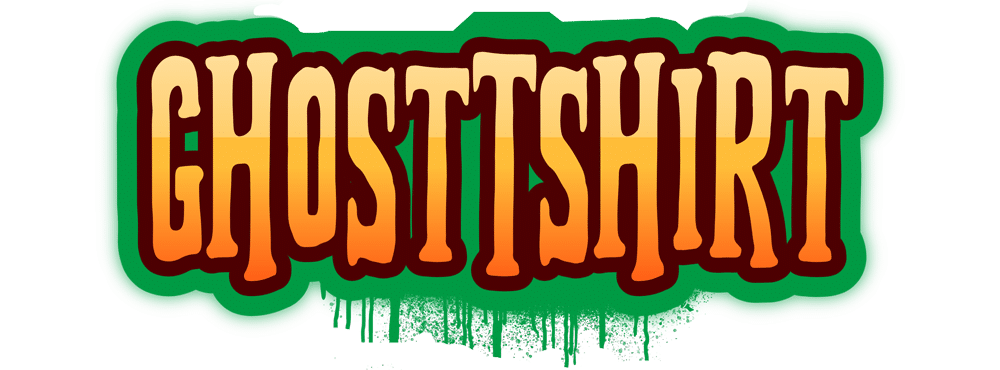No products in the cart.
Blog
What Do Earwigs Eat?
Earwigs, small insects known for their pincer-like appendages (forceps) on their abdomens, are omnivorous and have a diverse diet. They primarily feed on both plant material and small insects. Earwigs are scavengers, so their diet depends on what’s readily available in their environment. Below are the common types of food earwigs consume:

1. Plant Matter
Earwigs are known to feed on a variety of plant materials, especially when they’re foraging in gardens or around homes.
- Flowers and Foliage: Earwigs eat soft plant tissues, including flowers, leaves, and stems. Some of their favorite plants include:
- Marigolds
- Dahlias
- Zinnias
- Roses They chew irregular holes in leaves and petals, which can cause noticeable damage in gardens.
- Fruits and Vegetables: They also feed on fruits and vegetables, especially those that are decaying or overripe. Some common fruits and vegetables they are attracted to include:
- Strawberries
- Lettuce
- Potatoes
- Carrots
- Seedlings and Young Plants: Earwigs may target tender, young plants and seedlings, which can be more vulnerable to their feeding habits.
2. Decaying Organic Matter
Earwigs play an important role in breaking down decaying plant and animal matter. They are often found in damp, dark areas where organic matter is decomposing.
- Rotting Leaves and Dead Plant Material: They consume fallen leaves, dead plant matter, and other decaying organic material found in moist garden beds or compost piles.
- Wood: In some cases, earwigs might nibble on decaying wood, especially if it’s moist. However, unlike termites, they do not eat wood as a primary food source.
3. Insects and Small Invertebrates
While earwigs mostly feed on plant material, they are also opportunistic predators of small insects and invertebrates.
- Aphids: Earwigs can help control aphid populations in gardens by preying on them. They can play a beneficial role by eating these pests.
- Mites, Fleas, and Other Small Insects: Earwigs may also consume other small insects, such as mites and fleas, contributing to pest control.
- Insect Eggs and Larvae: They can feed on the eggs and larvae of other insects, which helps reduce the populations of certain pests.
4. Fungi
In damp environments, earwigs may also feed on fungi, particularly mold and mildew that grow on decaying organic matter.
Feeding Habits and Behavior
- Nocturnal Feeding: Earwigs are primarily nocturnal feeders. During the day, they hide in dark, damp places such as under rocks, mulch, or logs. At night, they emerge to forage for food.
- Opportunistic Scavengers: Earwigs will consume whatever food sources are most readily available. This adaptability allows them to thrive in a wide range of environments, from gardens to urban areas.
- Beneficial vs. Pests: While earwigs can damage plants and fruits, they also eat harmful pests like aphids. In moderation, they can play a beneficial role in controlling garden pests, but large populations can become problematic.
Conclusion
Earwigs are omnivorous scavengers that feed on a variety of plant material, decaying organic matter, and small insects. Their diet largely depends on their environment, and they play both beneficial and destructive roles in ecosystems, especially in gardens. While they help with decomposing organic matter and controlling pests, their tendency to feed on plants, fruits, and vegetables can cause damage, particularly when earwig populations grow too large.
